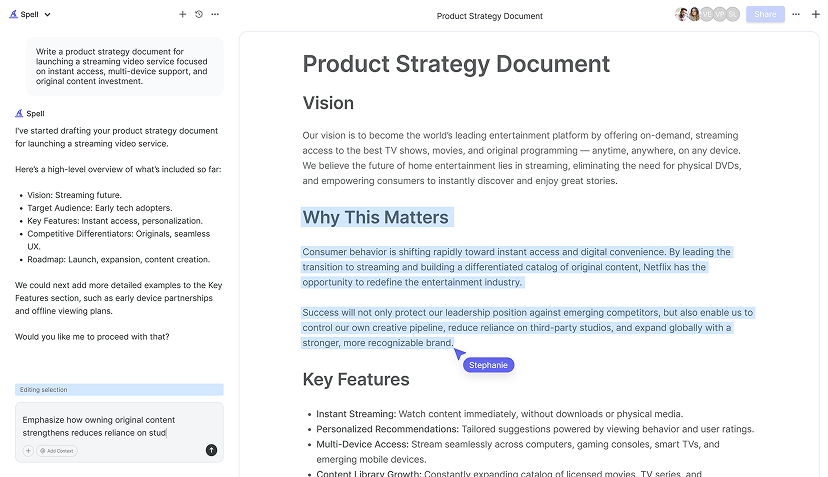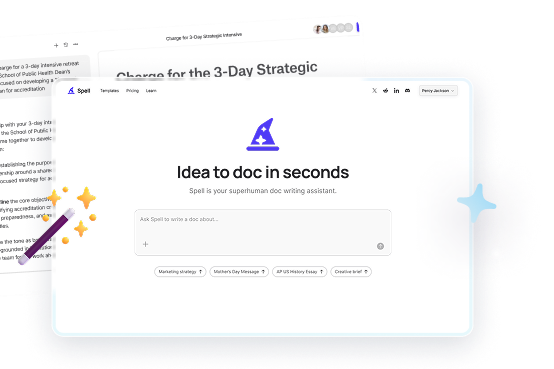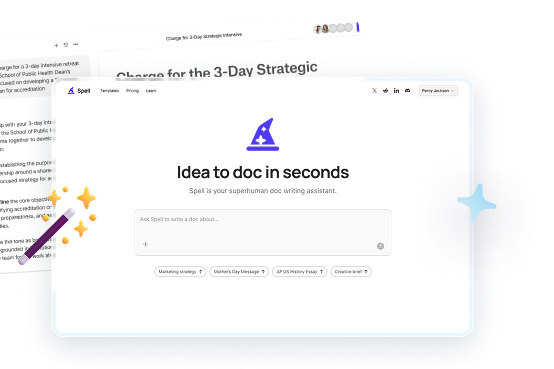Writing a 10-page paper in a single day might sound like a Herculean task. But it's not as impossible as it seems. With the right approach and a bit of determination, you can get it done without losing your sanity. In this guide, I'll walk you through the process step-by-step, giving you tips, tricks, and examples to help you craft your paper efficiently and effectively. Let's get started!
Getting Started: Set Up for Success
Before you dive into writing, it‘s important to set the stage for a productive day. This means creating an environment that minimizes distractions and keeps you focused. Start by choosing a quiet place where you feel comfortable working. Whether it‘s your home office, a library, or a cozy café, make sure it‘s a space where you can concentrate.
Next, gather everything you‘ll need for the day. This includes your laptop, charger, reference materials, snacks, and water. Trust me, you don‘t want to keep interrupting your flow to fetch these essentials. Finally, let those around you know you‘re on a deadline. A simple "Hey, I‘m working on a big project today, so I‘ll be a bit unavailable" goes a long way in keeping interruptions at bay.
Outline Your Paper
Jumping straight into writing without a plan is like setting off on a road trip without a map. To avoid getting lost in your thoughts, start by outlining your paper. An outline helps you organize your ideas and ensures your paper has a logical flow, making the writing process much smoother.
Here‘s a basic outline structure you can follow:
- Introduction: Introduce your topic and provide a thesis statement.
- Body Paragraphs: Each paragraph should cover a single point that supports your thesis. Aim for at least three points.
- Conclusion: Summarize your main points and restate your thesis in a new light.
With your outline in hand, you‘ll have a clear roadmap for your writing. This will save you time and help you stay focused.
Conduct Quick Research
Unless you‘re a subject matter expert, you‘ll likely need to do some research to back up your arguments. However, with only a day to complete your paper, you need to be strategic about it. Start by identifying the key points you need to research based on your outline.
Use reliable sources like academic journals, books, and credible websites. Google Scholar is a great place to find scholarly articles quickly. As you research, take notes on important information and jot down the sources for your bibliography. This will save you time when you‘re writing and citing your paper.
A pro tip is to use Spell to organize your research. It can help you draft and edit your notes efficiently, ensuring you don‘t lose track of important details.

Write the Introduction
Now that you have your outline and research, it's time to start writing. Begin with the introduction, as it sets the tone for your entire paper. A strong introduction should grab the reader‘s attention, introduce the main topic, and present your thesis statement.
Here‘s a sample introduction for a paper on climate change:
Climate change is an undeniable reality that threatens the very fabric of our existence. With rising temperatures, melting ice caps, and increasing natural disasters, the evidence is all around us. This paper explores the causes of climate change, its impacts on global ecosystems, and potential solutions to mitigate its effects.
Notice how the introduction starts with a compelling sentence, introduces the topic, and ends with a clear thesis statement. This sets a strong foundation for the rest of your paper.
Develop the Body Paragraphs
The body of your paper is where you‘ll delve into your research and present your arguments. Each paragraph should focus on a single point that supports your thesis. Start with a topic sentence that introduces the main idea of the paragraph, followed by evidence and examples to back it up.
Here‘s an example of a body paragraph for the climate change paper:
One of the primary causes of climate change is the burning of fossil fuels. Carbon dioxide emissions from coal, oil, and gas account for the majority of greenhouse gases in the atmosphere. Studies show that since the Industrial Revolution, CO² levels have increased by more than 30%, leading to a significant rise in global temperatures.
As you write, use transitional phrases to connect your paragraphs and maintain a smooth flow. For instance, phrases like Furthermore, On the other hand, and In addition help guide the reader through your arguments.
Remember, if you‘re feeling stuck at any point, Spell can help you rephrase and polish your writing, making the process more efficient.
Craft a Strong Conclusion
The conclusion is your chance to leave a lasting impression on the reader. It should summarize your main points and restate your thesis in a new light, without simply repeating what you‘ve already said. Think of it as wrapping up the paper with a neat bow.
Here‘s a sample conclusion for the climate change paper:
In conclusion, climate change poses a significant threat to our planet‘s future. The burning of fossil fuels, deforestation, and other human activities have accelerated this process, leading to dire consequences for ecosystems worldwide. However, with concerted efforts to reduce emissions and adopt sustainable practices, we can mitigate the effects of climate change and safeguard the planet for future generations.
Notice how the conclusion reinforces the main points and provides a call to action, encouraging the reader to consider solutions.

Revise and Edit
Once you‘ve completed the first draft, it‘s time to revise and edit. This step is crucial in ensuring your paper is clear, coherent, and free of errors. Start by reading through your paper to check for clarity and organization. Make sure each paragraph flows logically to the next and that your arguments are well-supported.
Next, check for grammar, spelling, and punctuation errors. It‘s easy to overlook mistakes when you‘ve been staring at the screen for hours, so consider reading your paper aloud or using a text-to-speech tool to catch errors you might miss.
If you‘re pressed for time, Spell offers real-time editing and collaboration features that can help you refine your paper quickly and effectively.
Format Your Paper
Formatting might seem like a minor detail, but it‘s important to follow the guidelines provided by your instructor or institution. Common formats include APA, MLA, and Chicago. Each has specific rules for margins, font size, headings, and citations.
For instance, if you‘re using APA format, your paper should have 1-inch margins, a 12-point Times New Roman font, and double spacing. The title page should include the title, your name, and the institution‘s name, centered on the page.
Here‘s an example of an APA citation for a journal article:
Smith, J. (2020). The effects of climate change on polar bears. Journal of Environmental Science, 15(2), 123-135.
Make sure to format your bibliography or works cited page according to the required style. This attention to detail can make a difference in your final grade.


Take Breaks Wisely
Writing a 10-page paper in one day is a marathon. Not a sprint. While it‘s important to stay focused, it‘s equally important to take breaks to recharge your mind. Aim for short, regular breaks every hour, lasting around 5-10 minutes. Use this time to stretch, grab a snack, or take a quick walk.
These breaks can help prevent burnout and improve your productivity. Just make sure they don‘t turn into procrastination sessions. Set a timer to keep yourself accountable and get back to work as soon as your break is over.
Stay Positive and Motivated
Writing under pressure can be stressful. But maintaining a positive mindset can make a huge difference. Remind yourself of your reasons for tackling this challenge and focus on the progress you‘re making. Celebrate small victories, like completing a section or reaching a specific word count.
Visualize the satisfaction you‘ll feel when you finish your paper. It might sound cliché. But positive thinking can boost your confidence and keep you motivated throughout the day.
Final Thoughts
Writing a 10-page paper in a day is challenging. But with the right approach, it‘s entirely doable. By setting up a productive environment, outlining your paper, conducting focused research, and using tools like Spell for drafting and editing, you can streamline the process and achieve your goal. Remember, every step you take is progress. So stay positive and keep going!






